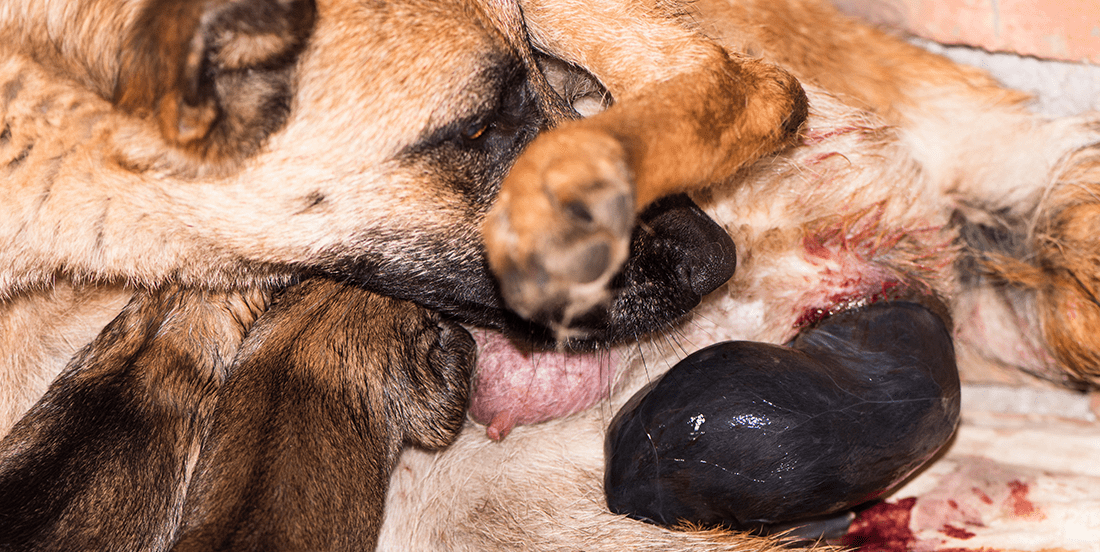
Dog Pregnancy and Birth: A Comprehensive Guide
Introduction
The arrival of a new litter of puppies is an exciting and rewarding experience for dog owners. However, understanding the intricacies of dog pregnancy and birth is crucial to ensure the well-being of both the mother and her offspring. This comprehensive guide will provide a detailed overview of the stages of pregnancy, signs of labor, and the birthing process, empowering you to navigate this journey with confidence and knowledge.
Stages of Pregnancy
The gestation period in dogs typically lasts for 58-68 days, with an average of 63 days. This period is divided into three distinct stages:
1. Pre-Implantation Stage (Days 0-15)
- After mating, the fertilized eggs travel through the oviduct towards the uterus.
- They divide rapidly as they travel, forming blastocysts.
- The blastocysts implant into the uterine lining around day 15.
2. Embryonic Stage (Days 16-35)
- The implanted blastocysts develop into embryos.
- Major organs and structures begin to form.
- The heart starts beating around day 22.
3. Fetal Stage (Days 36-63)
- The embryos become fully formed fetuses.
- Their bones, muscles, and fur develop rapidly.
- They become active and can be felt moving within the uterus.
Signs of Pregnancy
- Enlarged abdomen: The abdomen will gradually expand as the puppies grow.
- Weight gain: The mother will gain weight, especially in the later stages of pregnancy.
- Increased appetite: The mother’s appetite will increase to support the growing puppies.
- Behavioral changes: The mother may become more affectionate, protective, or lethargic.
- Nesting behavior: The mother may start gathering materials to create a nest for her puppies.
Preparing for Labor
As the due date approaches, it’s essential to prepare for labor. Here are some steps to take:
- Establish a whelping box: Create a comfortable and safe space for the mother to give birth.
- Gather supplies: Stock up on towels, blankets, gloves, scissors, and a suction bulb.
- Monitor the mother: Observe the mother closely for signs of labor, such as restlessness, panting, and licking her vulva.
- Contact your veterinarian: Inform your veterinarian about the expected due date and arrange for a checkup if any concerns arise.
Signs of Labor
Labor typically begins with the following signs:
- Restlessness and pacing: The mother may become agitated and move around frequently.
- Panting and licking: She may pant heavily and lick her vulva excessively.
- Temperature drop: The mother’s body temperature may drop to 99-100°F (37-38°C).
- Discharge: A clear or slightly bloody discharge may be present.
- Contractions: The mother’s abdomen will start contracting rhythmically.
The Birthing Process
The birthing process can take several hours. Each puppy is born in a sac, which the mother usually breaks. She will then lick the puppy clean and stimulate it to breathe.
Stages of Labor:
1. First Stage:
- Contractions begin and the cervix dilates.
- The first puppy is born.
2. Second Stage:
- The remaining puppies are born.
- The mother may rest between each puppy.
3. Third Stage:
- The placentas are expelled.
- The mother may eat the placentas, which is normal.
Postpartum Care
After birth, it’s crucial to provide proper care for the mother and puppies.
Mother:
- Monitor the mother for any signs of infection or complications.
- Provide her with plenty of food, water, and rest.
- Encourage her to nurse her puppies.
Puppies:
- Ensure that all puppies are nursing and gaining weight.
- Keep them warm and clean.
- Monitor them for any signs of illness or distress.
Complications
While most pregnancies and births proceed smoothly, complications can sometimes occur. These include:
- Dystocia: Difficulty in giving birth.
- Retained placenta: The placenta is not expelled after birth.
- Eclampsia: A condition caused by low calcium levels.
- Mastitis: Infection of the mammary glands.
If you suspect any complications, contact your veterinarian immediately.
Conclusion
Understanding dog pregnancy and birth is essential for responsible pet ownership. By monitoring the mother, preparing for labor, and providing proper postpartum care, you can help ensure a healthy and successful birthing experience for your beloved canine companion. Remember to consult with your veterinarian throughout the process for guidance and support.